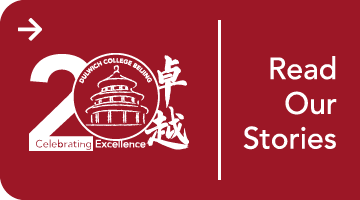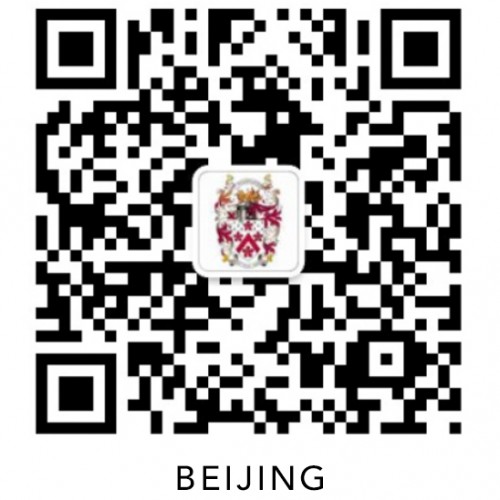The dual language approach in Early Years
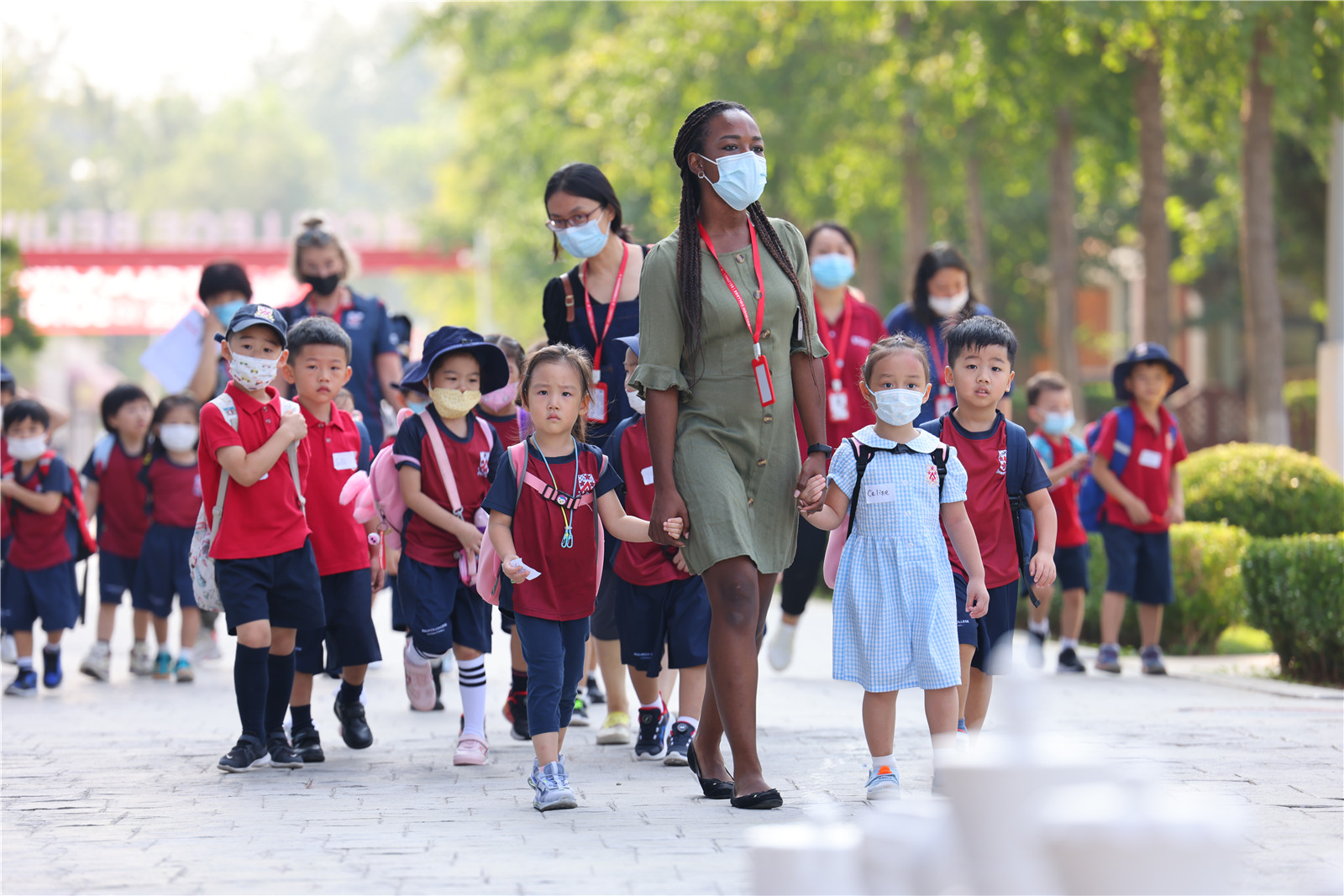
It’s August: the first few weeks of Nursery and the very first experience of being outside of the home five days a week for many of the young students who have just joined DCB. “Hmmm, I wonder what’s in the box……” says Mr Mowjoudi, holding a box in front of the class and shaking it gently from side to side. Miss Judy, one of our talented, experienced dual language teachers, asks the question in Mandarin to ensure that the students in this class of 20 children (all from Chinese-speaking backgrounds) have understood the question.
As the game continues, student interest levels are high, and Miss Judy facilitates the learning experience through the technique of translanguaging. ‘Translanguaging’, described by Garcia (2009) as the act of multilinguals accessing various linguistic features and modes to maximise communication, is used frequently, by not only our bilingual assistant teachers and dual language teachers, but also by the children themselves. Miss Judy moves seamlessly between Chinese and English, helping students to make connections between their home language and the language that they are learning; these connections will help them to retain their new vocabulary and structures. Although both Mr Mowjoudi and Miss Judy are very intentional in their use of language, the students seem unconcerned with the incredible learning that is already taking place… They really just want to know what’s in the box!
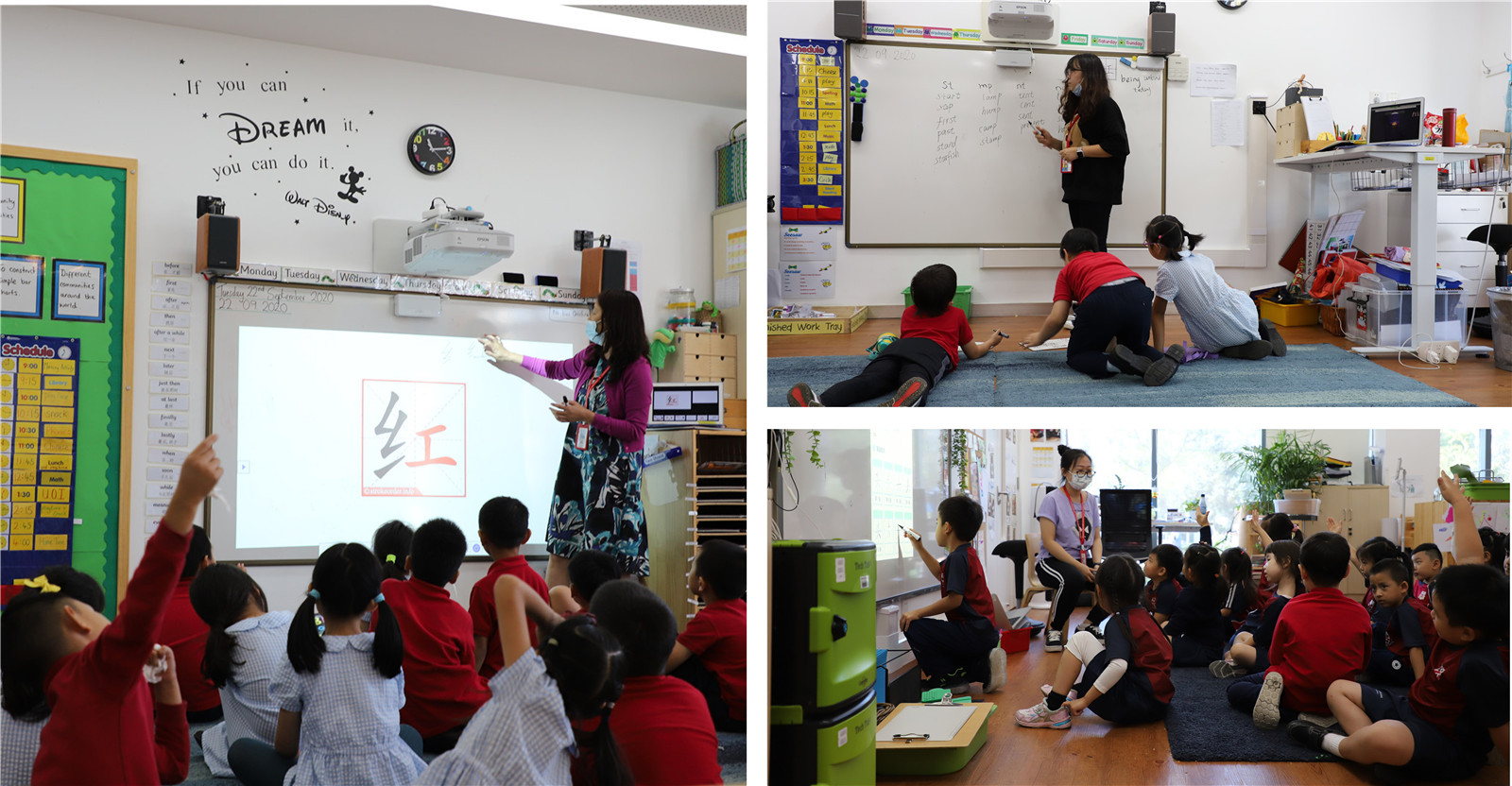
Let’s jump to Mr Brookes’ classroom: here, the students are a little older (five, turning six) and most are able to speak in English using sentences and demonstrating a greater range of vocabulary. A group of children are on the floor with Mr Brookes sorting materials into categories. “Yes, it’s rough, “says Mr Brookes, “Not smooth. How do you say ‘rough’ in Korean, Emma?” Emma shares her knowledge with the group, appearing quite proud of herself, probably because she now knows how to say that word in three languages.
Looking around the classroom environment, you will notice that all the labels in Mr Brookes’ classroom are trilingual (Chinese, English and Korean), as these are the cultures and languages currently represented by the students in his class. There are also work samples in Korean, a Korean flag on display, and a range of age-appropriate Korean books in the book corner. During break time once a week, Emma will have the opportunity to attend the Korean Club, where she can speak with her peers in her home language and take part in a range of activities that are familiar to her and popular in her family’s home country.
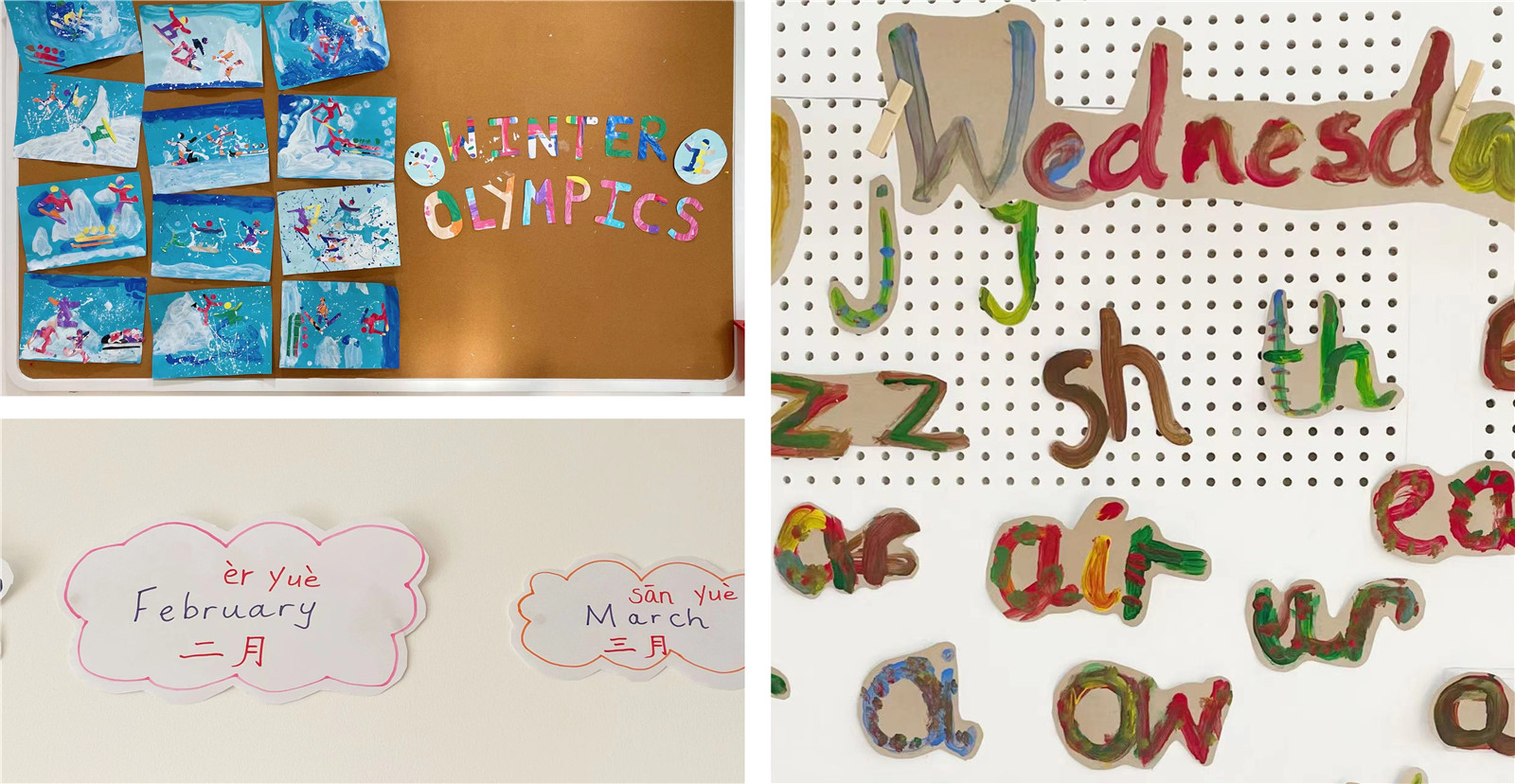
These are just some of the many examples of the dual language model in practice. This approach, which is at the core of language learning in the Early Years at Dulwich College Beijing (DCB), is guided not only by current international research related to best practice, but also by our college’s strong commitment to international-mindedness, diversity, equity and inclusion. According to the Center for Applied Linguistics (2022) the dual language approach promotes bilingualism and biliteracy, academic achievement and cross-cultural competence in students.
There are many ways that parents can support their child/ren’s language learning journey; however, research suggests that the best way is to speak with their child/ren as often as possible in the home language. Recognising the important role of the home language not only supports further language acquisition as students make strong connections between their home language and new languages, but furthermore fosters a sense of identity in students. It helps them develop pride in their own culture and language, and exposes them to the cultures and languages of their classmates. These intercultural skills help prepare students to Live Worldwise as per our college’s mission (Dulwich College Beijing, n.d.).
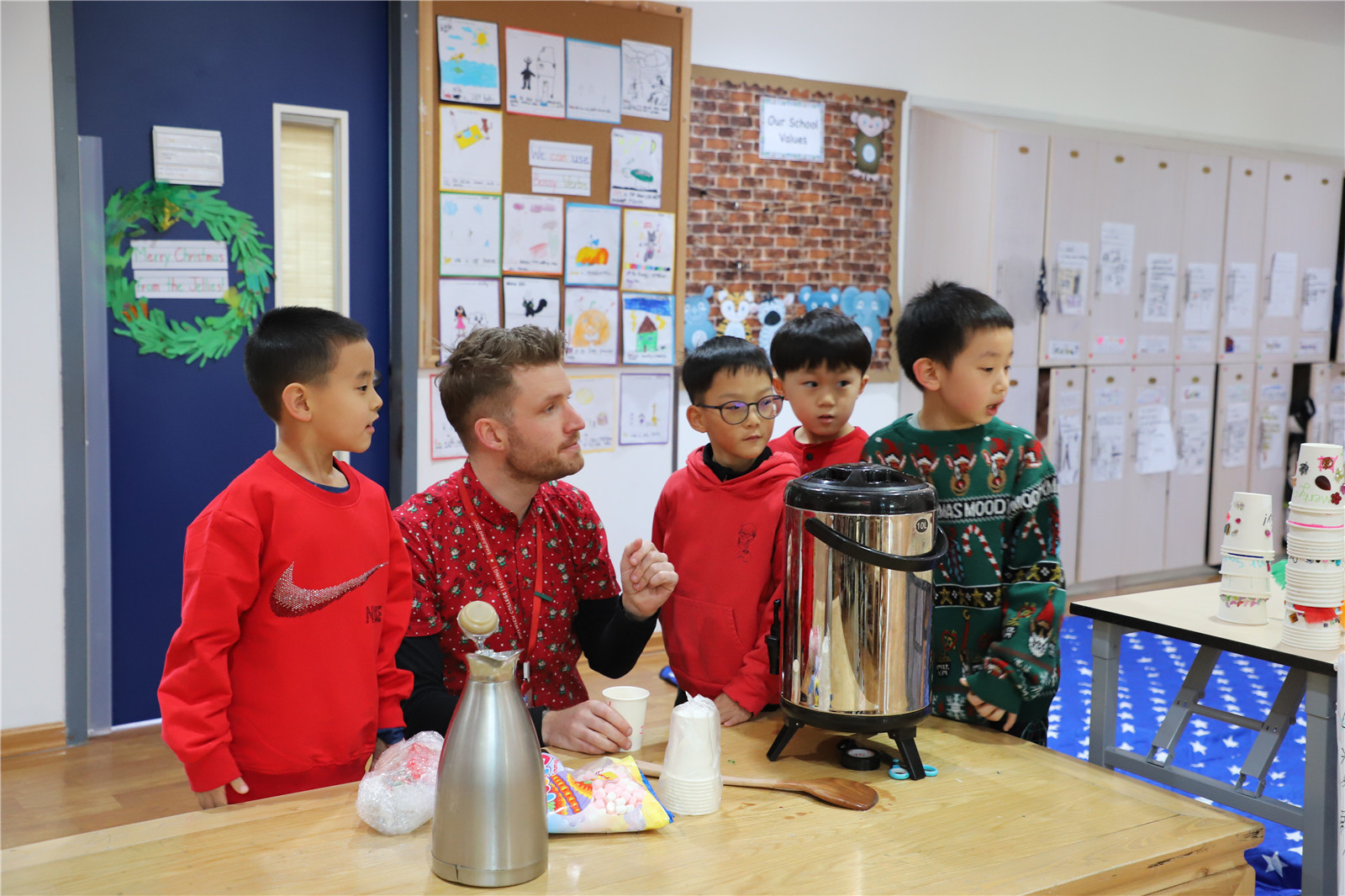
Given the strength of our research-based approach to language acquisition, one may wonder how long it will take until parents can expect to see their children speaking fluently in English. Researchers believe that although children may become conversationally fluent in two or three years, it can take up to seven years, sometimes longer, to develop full academic proficiency in a language. When a child’s home language is not utilised as a tool for learning during their acquisition of an additional language, there’s no doubt that valuable opportunities are missed: opportunities for fostering identity, for exploring culture, for sharing their ideas in the way that’s most comfortable for them, for exercising high-level thinking skills… for becoming truly ‘worldwise’.

Let’s continue to work together to foster the home languages of all our students in order to give them a firm foundation in language learning that will benefit them in their journey towards becoming wordwise!
References
Center for Applied Linguistics (2022). Bilingual and dual language education. https://www.cal.org/areas-of-impact/english-learners/bilingual-and-dual-language-education
Dulwich College Beijing (n.d.) Guiding statements. https://beijing.dulwich.org/our-college/guiding-statements
Garcia, O. (2009). Education, multilingualism and translanguaging in the 21st century. In: Mohanty, A., Panda, M. Phillipson, R. and Skutnabb-Kangas, T. (eds). Multilingual education for social justice: Globalising the local. New Dehli: Orient Blackswan, pp.128-145.





